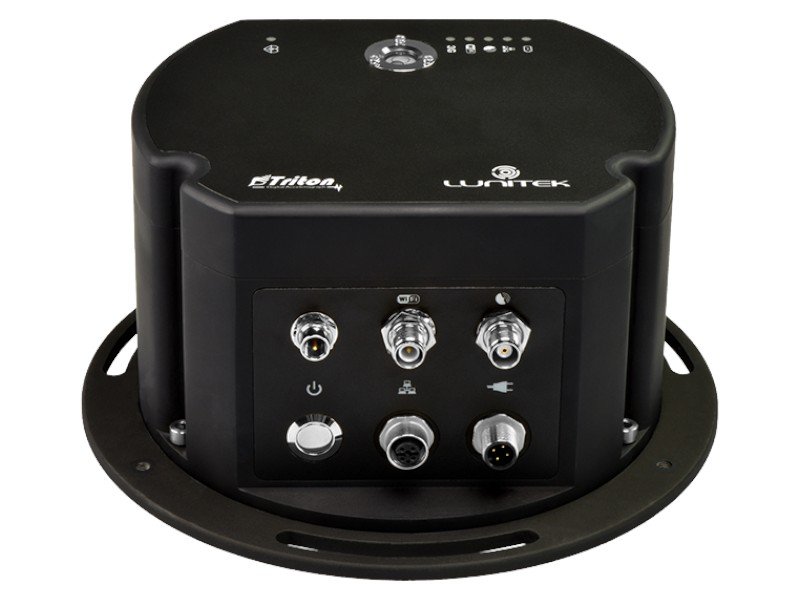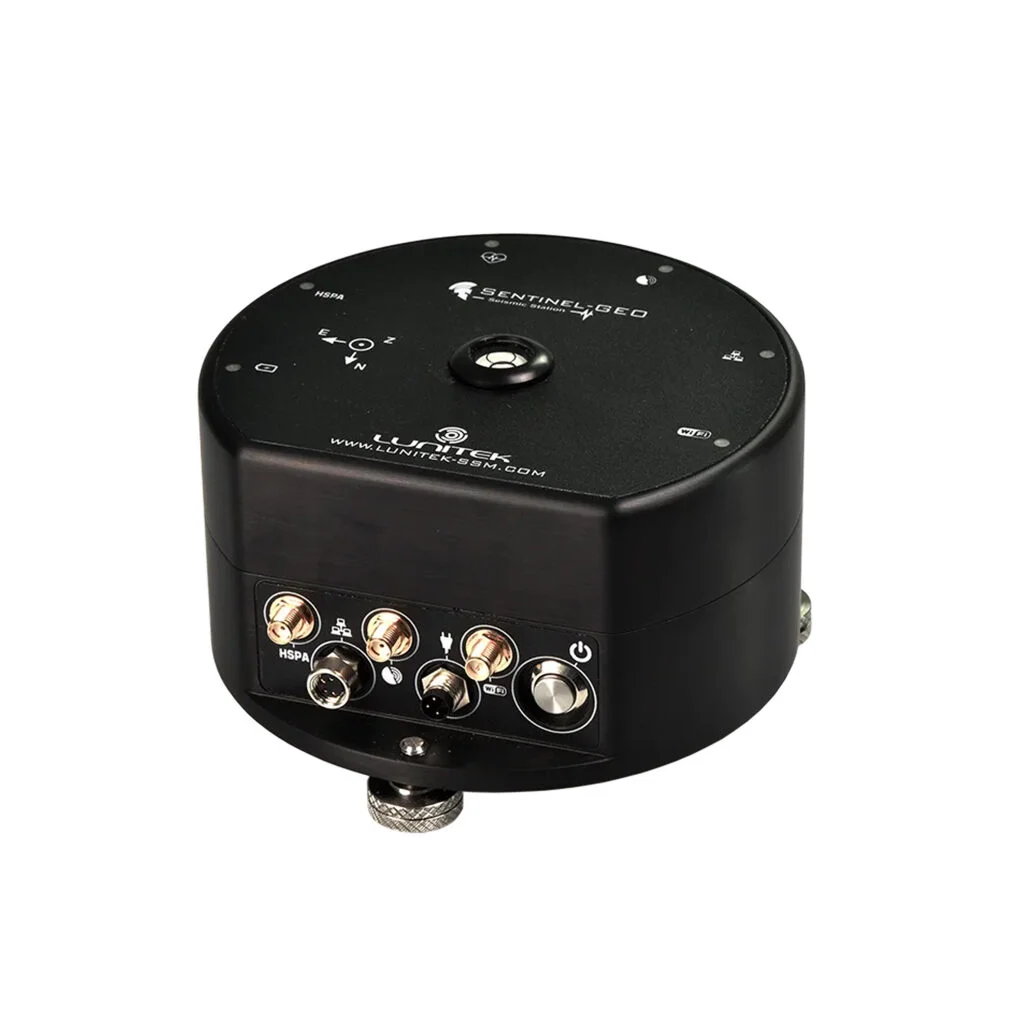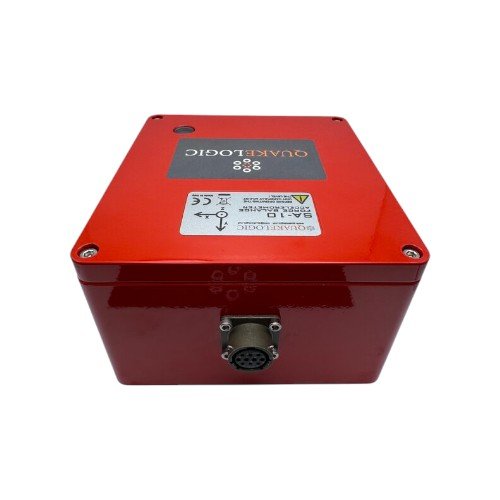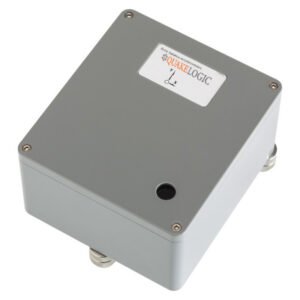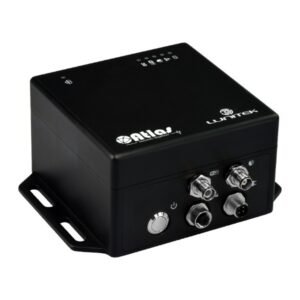Currently Empty: $0,00
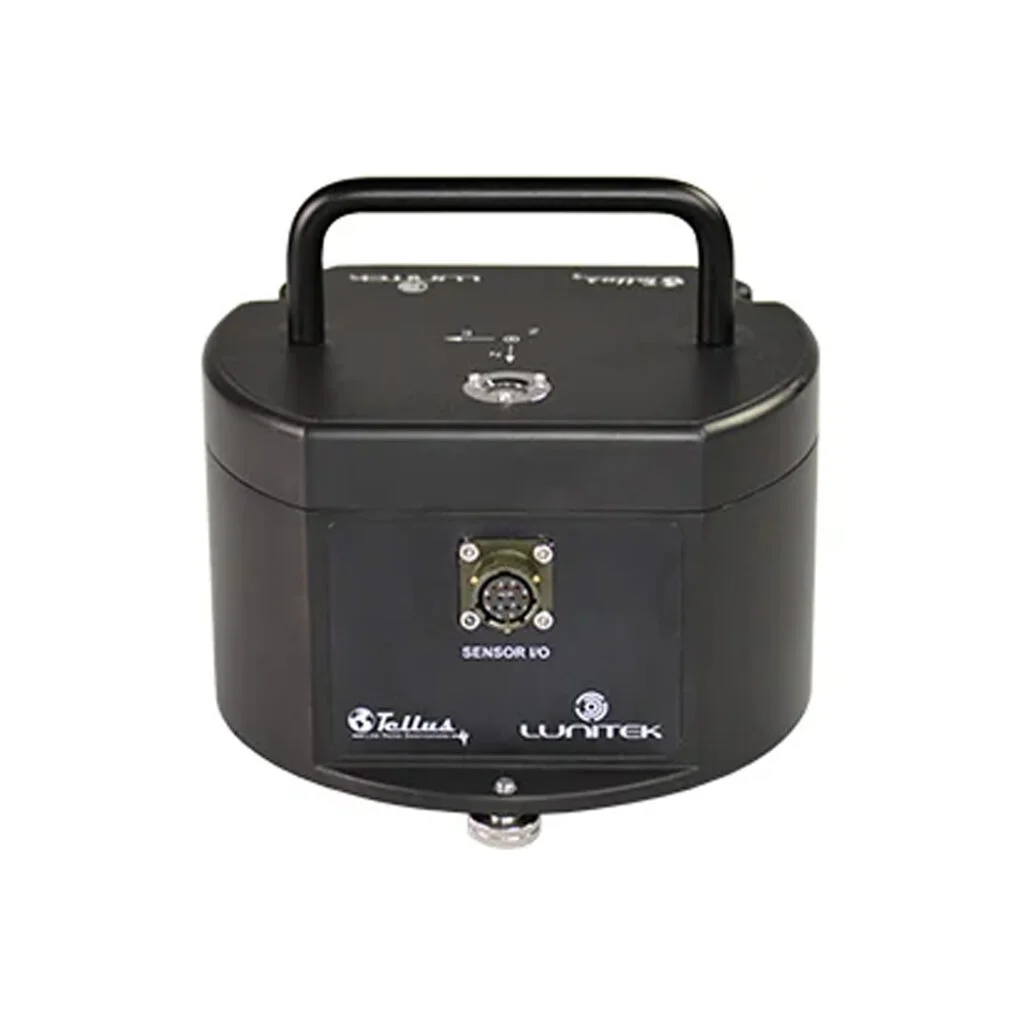
TELLUS-R: ROTATIONAL SENSOR
TELLUS-R ROTATIONAL SEISMOMETER
Tellus-R is a specialized rotational seismometer designed for measuring rotational ground motion.
OVERVIEW
Description
MODERN SURVEYS
Angular velocimeters like Tellus-R are highly sought after when constructing modern seismic systems that capture all six components of mechanical motion.
HIGHLY PERFORMANT
Tellus-R boasts exceptional sensitivity for detecting rotational earthquake modes and offers a wide dynamic and frequency range. Notably, it maintains low noise levels while consuming minimal power, giving it a significant advantage over electro-mechanical, fiber-optic, and other rotational motion sensors. Additionally, Tellus-R features a calibration input, enabling periodic calibration without the need for expensive specialized equipment.
ROBUST DESIGN
Housed in hard-coated anodized aluminum (IP67 or optionally IP68), Tellus-R is built to withstand harsh environments. It can operate in any orientation and is tolerant of a wide temperature range.
Application
Rotational Seismology is an emerging field that delves into the study of all forms of rotational motions triggered by earthquakes, explosions, and ambient vibrations.
In the context of vibration caused by an earthquake, the overall motion of particles or a small volume within a solid body can be broken down into three components: translation (along the x, y, and z axes), rotation (around the x, y, and z axes), and strain (e.g., Båth, 1979; Teisseyre et al., 2006).
For centuries, rotational ground motion was largely disregarded, with a prevailing belief that rotation held little significance in measurement. However, recent insights have shifted this perspective, suggesting that rotational signals might contain valuable additional information for analyzing wave propagation. Furthermore, rotational ground motion could play a crucial role in the excitation of certain engineering structures.
As highlighted in a special issue of the Bulletin of the Seismological Society of America, rotational seismology has rapidly evolved into a burgeoning field, exploring every facet of rotational ground motion stemming from earthquakes, explosions, and ambient vibrations. This domain has garnered the interest of researchers and structural engineers spanning various geophysical disciplines.
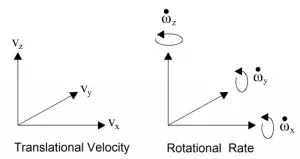
A complete seismic station
You can build your complete seismic station using a 9-channel ATLAS datalogger and get accelerometer data from the force balance accelerometer LTFB-160, the very broadband velocimeter TELLUS-30s-60s-120s, and the rotational sensor TELLUS-R.
Key Features
| Channel | XYZ Rotational |
| Resolution | 6*10-8 rad/s at 1 Hz |
| Output Signal | +/- 20 V differential, 0.4 rad/s |
| Dynamic Range | 117dB |
| Selfnoise PSD | -125dB (rel. 1 rad/s2/√Hz) |
| Frequency range | 0.033 – 50 Hz (opt. 0.01 – 100 Hz) |
| Generator Constant | 50 V/rad/s |
| Mass Centering | none |
| Installation Angle | any |
| Calibration Input | 1:1 |
| Power Supply | 10-18 Volt DC |
| Power Consumption | 30 mA |
| Dimension | 180mm OD Height 140mm |
| Weight | 2Kg |
| Op temp | -15 to + 55 C (opt. -40 to + 55 C) |
| Protection | IP68 |
| Compliance | CE |
| Housing | Anodized Aluminium |
| Cable | 3m standard or custom |
| Connector | PT06E-14-19P(SR) |
REQUEST A QUOTE
You may also like…
RELATED PRODUCTS
REFERENCE CUSTOMERS





















































































































